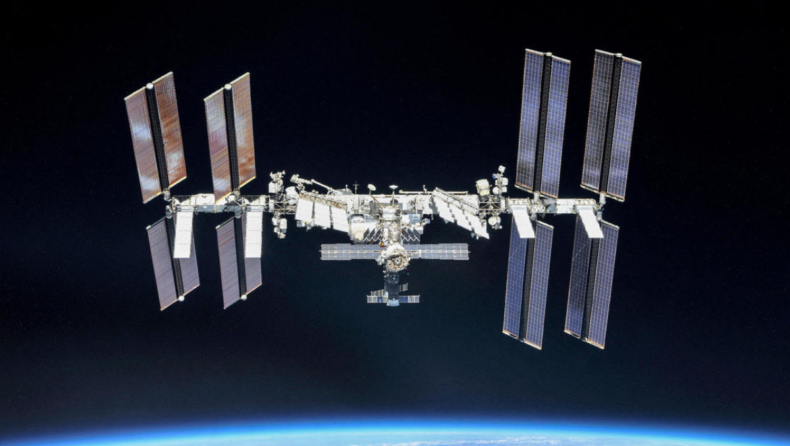Amid the rising tension over the battle in Ukraine, Russia announced that it will withdraw from the International Space Station and start working on its own orbital outpost after 2024.
In the midst of intense tension between Moscow and the West over the battle in Ukraine over the Kremlin’s military action in Ukraine, Russia’s new space chief announced Tuesday that the country will leave the International Space Station post 2024 and concentrate on building its own orbiting outpost.
In a meeting with Russian President Vladimir Putin, Yuri Borisov, who was chosen this month to head the state space agency Roscosmos, declared that Russia would fulfil its obligations to its partners before leaving the project.
Borisov stated that the decision to depart the station after 2024 has been made. He expects that by that time they will start creating a Russian orbiting station. The statement made by Borisov reiterated previous declarations made by Russian space officials regarding Moscow’s intention to depart the space station after 2024, which is the year when the current international agreements for its operation will come to an end.
While Russia has been reluctant to make commitments beyond 2024, NASA and other international partners plan to maintain the space station, keeping it running until 2030.
The space agencies of Russia, the United States, Europe, Japan, and Canada work together to handle the international space station. The initial component of the outpost was transferred into orbit in 1998, and it has been continuously inhabited for close to 22 years since that occasion. It is used to test out equipment for future space journeys as well as perform scientific research in zero gravity.
The space station orbits approximately 250 miles above the surface of the Earth and generally has a crew of seven people who stay there for several months at a time. The complex, which is nearly as long as a football field, is divided into two primary components, one of which is operated by Russia, and the other of which is operated by the United States of America and other countries.
It was not immediately clear what would need to be done to the Russian side of the complex to keep the space station running safely after Moscow leaves.
Negotiating the sanctions in Russia
The Russian announcement will undoubtedly fuel speculation that this is part of Moscow’s manoeuvring to lift Western sanctions over the conflict in Ukraine. Dmitry Rogozin, Borisov’s predecessor, stated last month that Moscow could only participate in negotiations regarding a potential extension of the station’s activities if the United States lifted its sanctions against Russian space industries.
Entry of SpaceX
The Russian Space Agency has lost a significant source of revenue since Elon Musk’s company SpaceX began transporting NASA astronauts to and from the international space station. Over the course of several years, NASA incurred costs of tens of millions of dollars per seat for transportation to and from the space station on Russian rockets.
In spite of the strains that have been caused by the scene in Ukraine, NASA and Roscosmos came to an agreement earlier this month that will permit American astronauts to continue riding Russian rockets and will allow Russian cosmonauts to ride lifts to the space station with SpaceX beginning in the fall. Even so, there will be no transfer of monetary value associated with the flights.
According to officials from NASA and Russia, the agreement guarantees that there will always be at least one American and one Russian aboard the space station to maintain the seamless operation of the outpost on both sides.
When the Apollo and Soyuz spacecraft docked in orbit in 1975 as part of the first crewed international space mission, Moscow and Washington worked together in space even during the height of the Cold War. This benefited the U.S.-Soviet relations.













